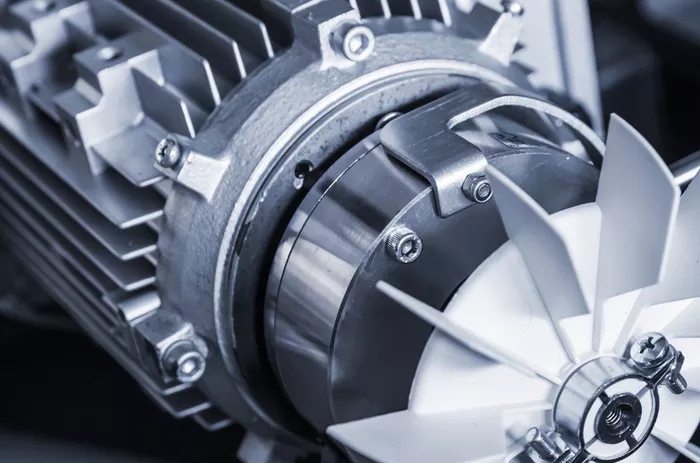Supercars has officially implemented changes to the engine mapping of both Ford and GM power units following a detailed investigation into the effects of inlet air temperature on performance—an issue that has stirred debate within the paddock in recent weeks.
The changes come after driver feedback prompted a comprehensive study on Supercars’ dyno in Brisbane, revealing subtle but measurable discrepancies in how temperature variations influence the power output of the competing engines.
A Supercars spokesperson confirmed to Speedcafe that the adjustments—developed in partnership with MoTeC—have been validated and signed off by both homologation teams. The updated ECU software, which now allows engine calibrations to respond dynamically to inlet air temperature, will be implemented at this weekend’s Tasmania round at Symmons Plains.
“As part of Supercars’ ongoing technical program, and through regular engagement with driver feedback, a detailed study was conducted into the influence of inlet air temperature on engine performance,” the spokesperson said. “It was found that temperatures below the nominal test threshold of 25°C slightly benefitted the Ford engine, while higher temperatures provided a minor edge to GM.”
In response, MoTeC was tasked with developing a software solution to adjust calibrations in real time. The new mapping unlocks a controlled element of Ford’s Variable Cam Timing system, a feature typically restricted under Supercars’ parity regulations.
The move is expected to be welcomed by Ford teams, who have long voiced concerns about being at a power disadvantage—particularly when running in traffic or under higher-temperature conditions.
The adjustment follows earlier efforts to address parity concerns, including transient dyno testing in the U.S. in mid-2024 and wind tunnel testing over the 2023/24 off-season to equalize Mustang and Camaro aerodynamics. Despite these initiatives, questions around engine parity have persisted, with Supercars maintaining that variations in team performance play a larger role than mechanical imbalance.
So far in the 2025 season, Mustang drivers have claimed six of nine victories, including clean sweeps in Sydney and Taupo, while Chevrolet drivers secured their three wins at Albert Park. Notably, Mustangs have tended to qualify strongly but struggle to maintain pace in warmer race conditions—an issue now potentially linked to thermal performance loss.
Last year’s Symmons Plains round was one of the few instances in the Gen3 era where both manufacturers shared race wins on the same weekend. With the new calibration changes in place, all eyes will be on how the performance balance plays out this time.
The inlet air temperature study forms part of a broader engine parity initiative, which also includes a separate review into the impact of barometric pressure on engine behavior.

